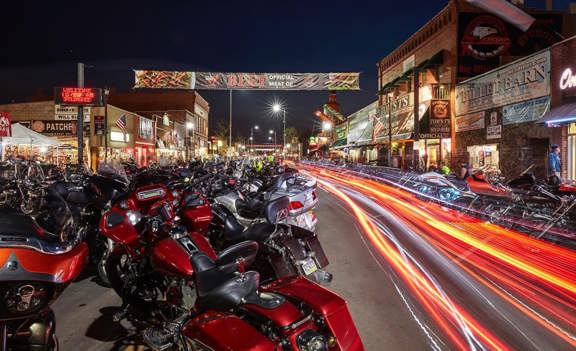
Take a Drive To a Celestial Experience
ShareIn reality, what’s commonly referred to as “falling stars” are actually meteor showers. A meteor shower is a celestial event created when streams of cosmic debris called meteoroids enter the Earth's atmosphere at extremely high speeds. These fiery shows of light are typically best seen after midnight. The International Astronomical Union (IAU) tracks meteor showers and has documented hundreds of predictable meteor events, allowing star gazers the chance to seek them out.
What you need to catch a falling star
If you want to increase your chances of viewing these nighttime displays, you’ll need to plan ahead. First, go to the darkest area you know, which means getting out of the city. Second, you’re going to be sitting outside for a while, so comfort is of the utmost importance. Here’s where a rental RV comes in handy. What could be more comfortable than taking the luxuries of home along with you as you travel the country far away from urban lights?
It’s a common mistake, but you won’t need to bring a telescope. Since meteor showers move extremely fast, you won’t be able to follow them through a telescope. It’s best to grab a reclining lawn chair (or just a blanket), and head for open land or the highest hill or mountain in your area and get comfortable. Then wait, watch and wonder.
Here are the top three meteor showers in 2019, according to the IAU’s Meteor Data Center.

Photo Credit: Vincent Chin on Unsplash
Southern Delta Aquariids, Piscis Austrinids and Alpha Capricornids (Early-July to Mid-August)
Although more prominent in the southern hemisphere, these three relatively minor showers can still be seen in northern latitudes. In 2019, they are receiving increased attention since moonlight is predicted to interfere with the more popular Perseids shower. Plan to view these showers after midnight and be sure to go out about 30 minutes early to give your eyes time to adjust to the darkness.
Of the three, the Southern Delta Aquariids are the most active, with up to 25 fast meteors per hour during the peak in late July. Alpha Capricornids produce lower rates with roughly five meteors per hour. These fireballs produced are often super bright and the slow-moving, making them easier to track (and photograph!) in the night sky.

Photo Credit: Ahmadreza Sajadi on Unsplash
Taurids (September 10 to December 10)
The Taurids are frequently cited as the most interesting of all the annual meteor showers because they are active for three months. Despite producing low rates of meteors per hour, the shower’s tendency toward bright and slow fireballs makes it a popular one. Peak viewing potential hits October 9-10 in the Southern hemisphere and November 11-12 in the Northern Hemisphere. Plan to find these falling stars just before dawn.
Geminids (Dec. 4 to Dec. 17)
The Geminids are one of the “big three” annual meteor showers and do not disappoint. In recent years, the shower produced meteor rates of more than 140 per hour. Visible from both hemispheres, the Geminids can be seen well before midnight – which gives stargazers plenty of time to enjoy this celestial drama. Although moonlight is expected to interfere with the shower in 2019, the Geminids creates such as spectacular show that it is still well worth seeking out.

If heading outside of the urban lights to wish upon a falling star is on your bucket list, Cruise America can help keep you comfortable along the way. Stop in one of our more than 130 convenient rental locations in North America and set your sights on the stars.





